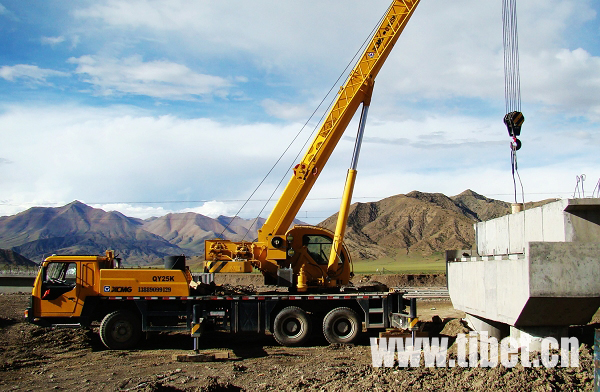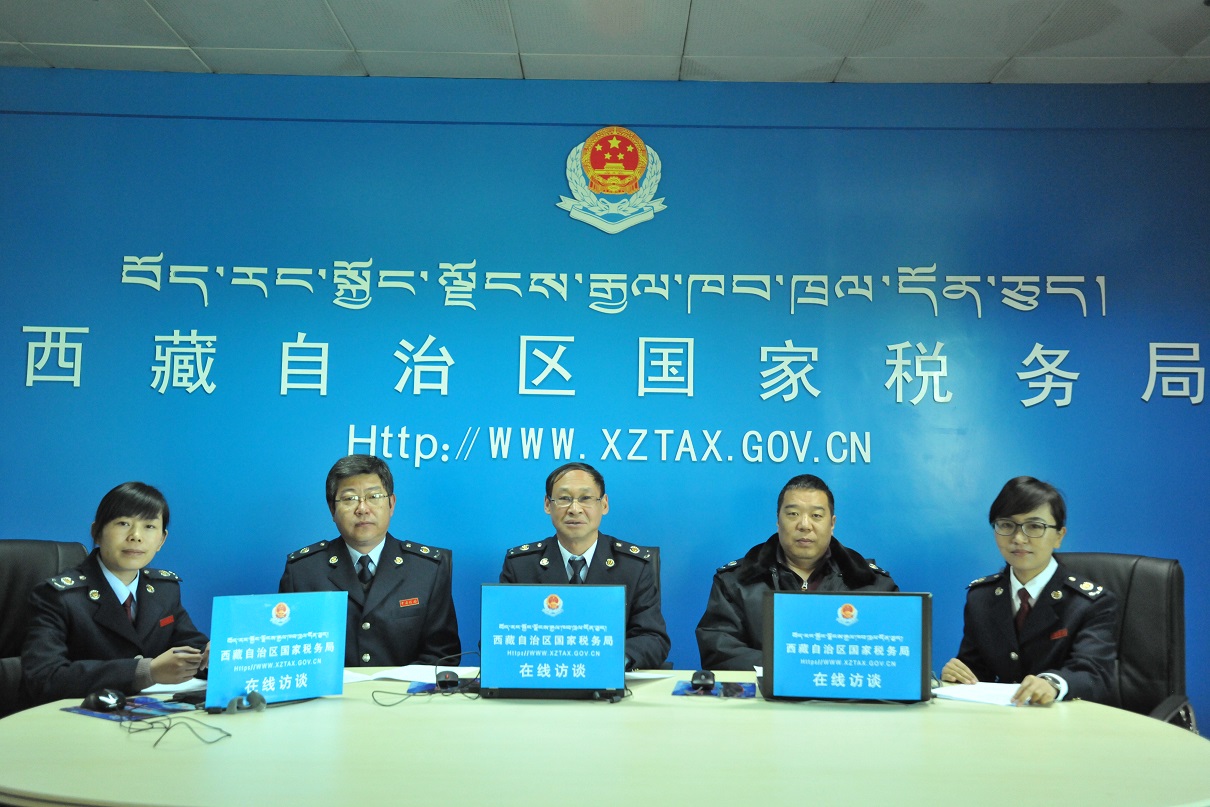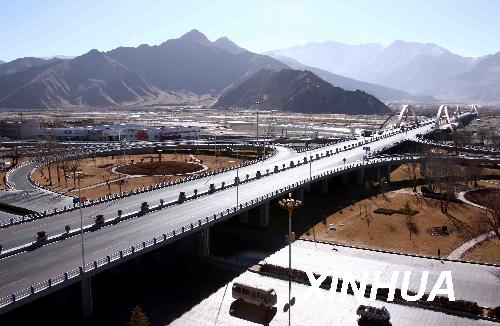Tibet reports robust growth in 2016
Tibet Autonomous Region in southwest China reported 11.5-percent GDP growth this year, realizing the 24th straight year of double-digit growth.
The plateau region's GDP reached 114.8 billion yuan (16.5 billion U.S. dollars) in 2016, while the growth target for the next year is exceeding 11 percent, according to statistics announced at an annual regional economic work conference on Saturday.
The figures are impressive given that the country as a whole has slowed significantly from years of breakneck growth rates and transitions to what is known as the economic "new normal."
This year, Tibet achieved a 20-percent increase in its fixed asset investments, which amounted to 161 billion yuan, and raised the incomes of its urban and rural residents by 10 percent and 13 percent, which reached 27,875 yuan and 9,316 yuan respectively.
In addition, the region saw 130,000 people out of poverty and 77,000 people relocated from their inhospitable hometown.
In 2017, Tibet aims to achieve the same goals: 20-percent increase in fixed asset investments as well as 10-percent and 13-percent increases in incomes of urban and rural residents.
Luorong Dradul, an economics professor at Sichuan University who specializes in the Tibetan economy, attributed Tibet's streak to strong support from the central government and other regions of the country.
Tibet's ambitious growth goal for 2017 was set to speed up the pace to build the moderately prosperous society in an all-round way, as the region still struggles with poor infrastructure, weak industry and a lack of market economy-savvy human resources.
Only high economic growth can ensure rapid income growth and therefore expand consumption, according to Zhou Yong, an associate researcher with the region's academy of social sciences.
According to a new aid plan for Tibet's development between 2016 and 2020, 189 projects at a cost of 657.6 billion yuan funded by the central government will be carried out during the period, in a bid to improve people's livelihood, environment, infrastructure, as well as the region's competitive industries.
Your Comment
Name E-mailRelated News
-
;
-
-

-
Tax revenue in Ngari of Tibet exceeds 300 mln yuan
Until November 8th, the State Tax Bureau of Ngari Prefecture has accomplished tax revenue 304 million yuan, setting a record high.
-
-
-

-
Tax revenue in Tibet exceeds 20 bln yuan
Tibet's tax revenue exceeds 20 bln yuan.
-
-
-

-
Tibet’s GDP exceeds 10 bln, double digit growth for 23 years
Tibet’s ongoing support for tourism, natural drinking water, and clean energy have helped local industries thrive.
-
Based in Lhasa, Tibet Vista is a Tibet travel agency that specialized in Tibet permit, and Tibet tours for both private and group travelers at a local price!
•4 Days Lhasa City Group Tour from USD 460 •8 Days Everest Base Camp Group Tour from USD 850 •15 Days Mt.Kailash Group Tour from USD 1780 •2016 Tibet Train Tours from Beijing, Shanghai, Chengdu, Xining,etc










